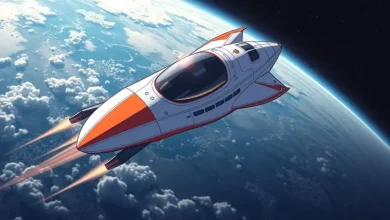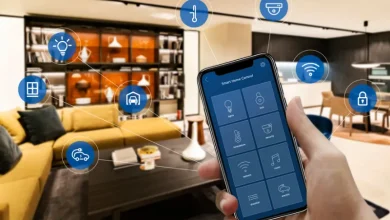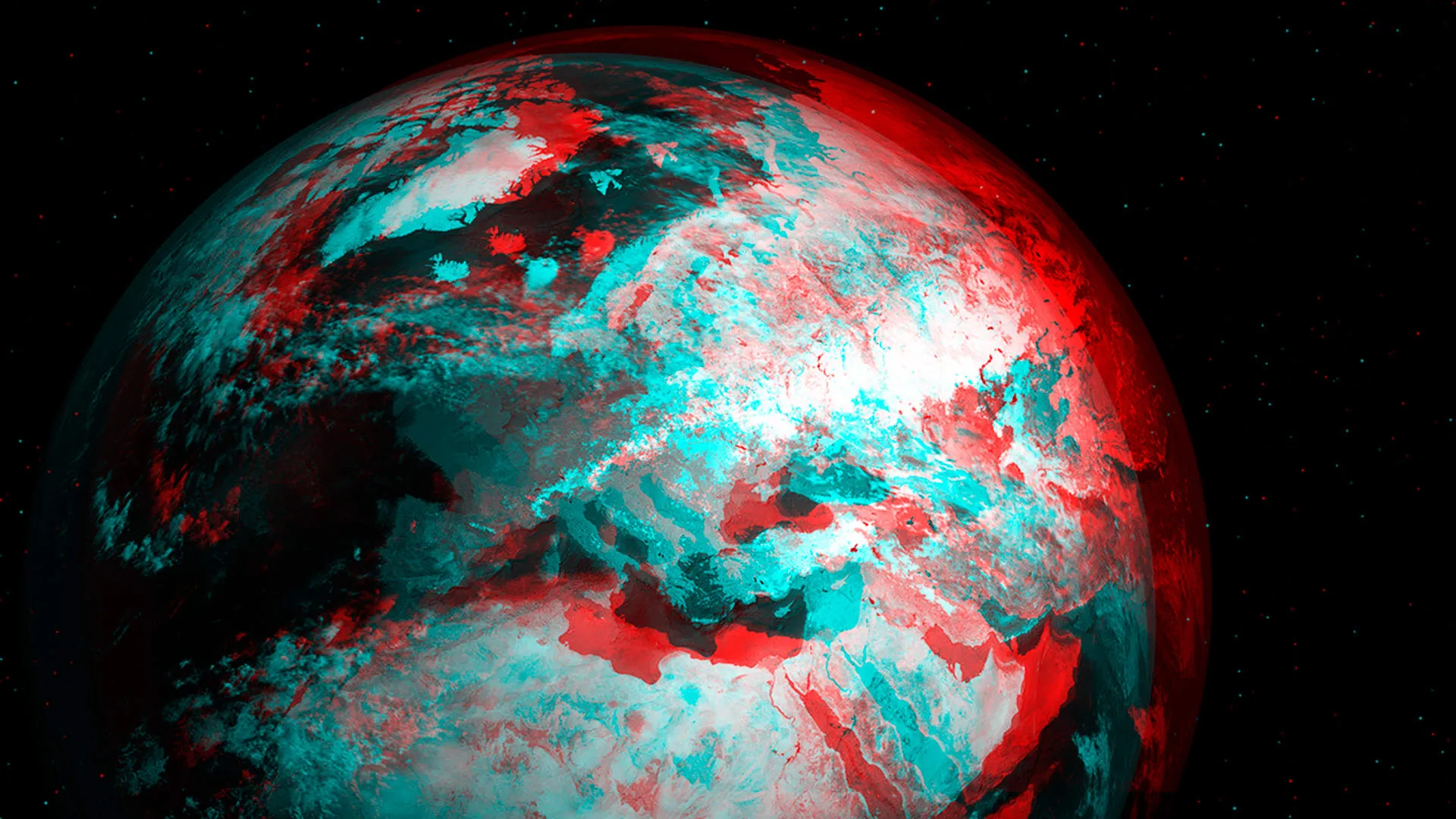
Niantic’s Quest for a Detailed 3D Map of the World
Niantic, the company behind popular augmented reality games like Pokémon GO and Ingress, is on a mission to create a more detailed and accurate 3D map of the world. Niantic has made a move towards their goal with the launch of Scaniverse 4 by introducing a new scanning method called Gaussian splatting in the latest version of the app that lets users capture objects and locations, with remarkable precision and detail.
Niantic acquired the Scaniverse app in 2021 to allow users to scan and save 3 objects on their devices or share them with friends. But the latest update brings even more exciting features, to the table. By using Gaussian splatting, users can now place their scans, called splats, on a 3D map of the world, allowing others to discover and experience these places in a more immersive way.

Capturing the World, One Splat at a Time
The scanning procedure, in Scaniverse 4 is created to be straightforward and intuitive for users to navigate easily through the systems features and settings. The app then processes the scan, allowing users to place the splat on the 3D map of the world, share the 3D model, or share the video with others. Niantic recommends scanning an object for one to three minutes to obtain a high-quality scan.
To protect privacy concerns effectively during scanning processes by Niantics system that automatically blurs faces and license plates captured in the scans, for security measures in place to ensure anonymity and confidentiality of individuals and vehicle information displayed.
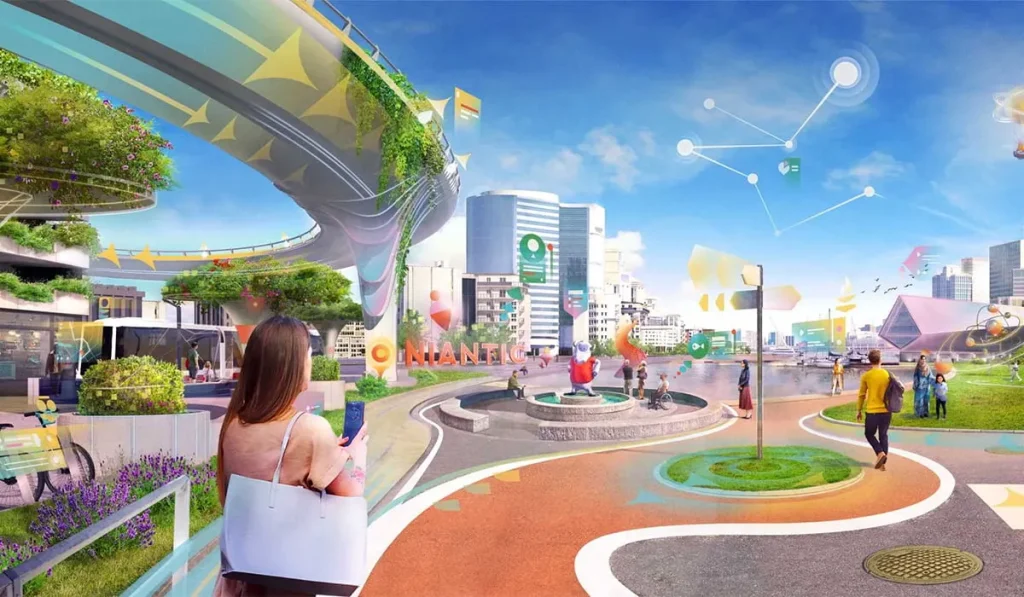
From Triangle Meshes to Gaussian Splats
Brian McClendon, from Niantics engineering team and one of the creators of Google Earth detailed that the earlier iteration of Scaniverse relied on a method known as “triangle meshes.” However with the introduction of the Gaussian splatting technique users now have the capability to produce more intricate renderings with enhanced lighting and reflections using comparable data.
McClendon contrasted the two methods by pointing out that Gaussian splats offer advantages over triangle meshes – they operate more efficiently and provide significantly enhanced realism by accurately representing features such as window transparency and water reflections in addition to intricate details like tree leaves. He used an analogy to illustrate the difference between the two approaches by likening them to a LEGO model and a clay sculpture – suggesting that while LEGOs may appear blocky and inflexible in comparison, to clay which allows for fluid shapes and finer intricacies.
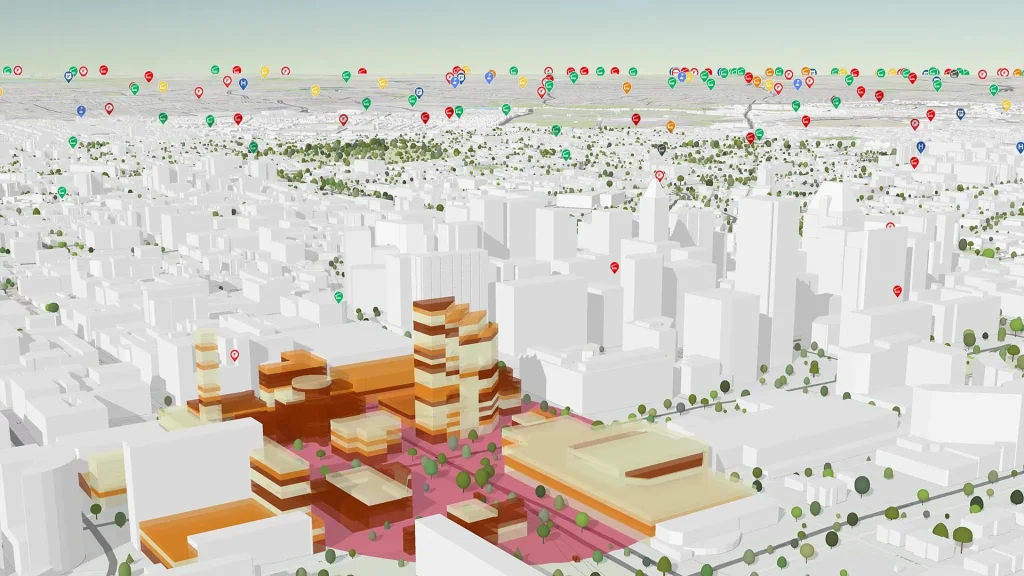
Building a New Visual Map
Niantic currently possesses an amount of scans powered by Gaussian splats in the hundreds of thousands and aims to increase this number to millions soon. The company believes that Scaniverse users, primarily XR content creators and 3D photography enthusiasts, will play a crucial role in helping to build this new visual 3D map of the world.
Developers will have access to the scans for purposes like enhancing gameplay and virtual reality encounters.In addition Niantic intends to incorporate this data into its games to enable characters to interact with real world objects in a more authentic manner.This enhancement aims to elevate the experience, for players.
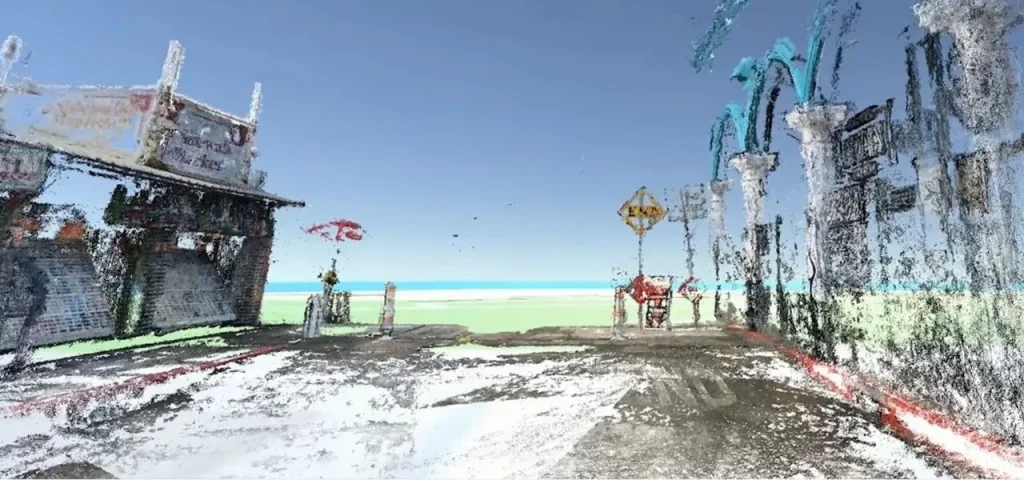
The Future of Augmented Reality
Niantic’s efforts to create a detailed 3D map of the world through Scaniverse 4 and its user community have the potential to revolutionize the way we interact with and experience our surroundings. Niantic is leading the charge towards a future where the boundaries, between reality and virtual worlds are becoming less defined with the help of Gaussian splatting and global user collaboration.
As more users contribute to this growing 3D map of the world, the possibilities for augmented reality experiences and applications are endless. From gaming and entertainment to education and tourism, a rich and accurate 3D map of the world can open up new avenues for innovation and exploration.
Niantic’s vision for a world where virtual characters seamlessly interact with real-life objects and where users can discover and experience new places through a 3D map of the world is an exciting prospect. Niantic is making strides with Scaniverse 4 and the use of Gaussian splatting to bring their vision to life gradually and effectively.

